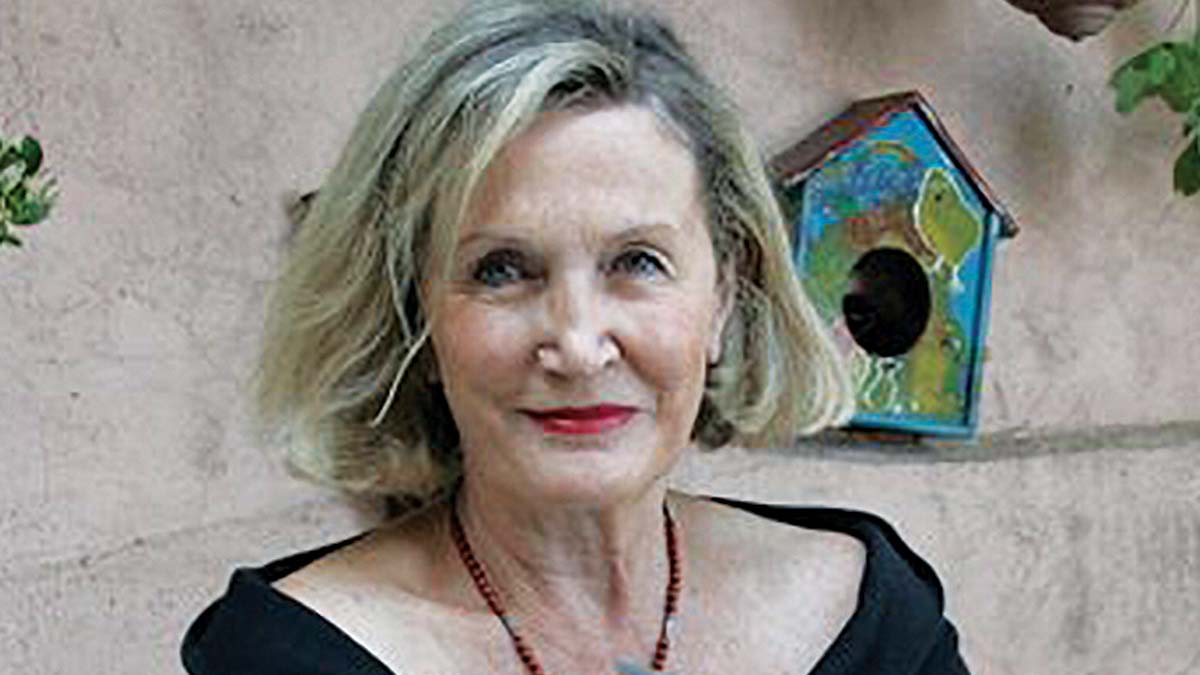AS I SEE IT
BY MARIANNE HERON
A change seems to have crept in, gradually the way leaves unfold in Spring. Like the green of April, it’s a pleasant change full of promise. I am talking about the renewed enthusiasm for Irish.
It seems to crop up everywhere. There’s a friend who now teaches three conversation classes a week due to demand. It’s there in adverts on RTE, in award- winning Irish language films, like An Cailin Ciun, in conversations between friends, or in the songs of a Wren Boys group which started up a couple of years ago in my neighbourhood.
There are influencers who blog and post in Irish. And the great thing about what is happening is that it is fun, it’s spontaneous with nothing forced about it and where it is not about grammar but more about the richness of language and its connection with the land that shaped it.
The good news is that Gaeilge, which became one of the 23 languages recognised by the EU in 2022, is now deemed to be safe from extinction. And its use is increasing, the 2016 census showed a 6% increase over the 2011 one, although 40% spoke Irish only 10% of those did so well.
Maybe that is what this revival is about, a desire to reclaim language left in the classroom and bring it back into use, encouraged by pride in Ireland’s success story, particularly when it comes to authors, films, actors and performers from Cillian Murphy to Barry Keoghan. Irishness is a thing now, maybe a sign that the old inferiority complex which clouded our vision of ourselves has gone.
Like other languages Irish is expressive of our culture, it tells us who we are and what we come from. It’s no accident that in Irish there are 32 words for field (also the title of a book by Manchan Magan) and that so many place names in Irish have their roots in physical features of the landscape. Elsewhere, Inuit has around a dozen words for different kinds of snow experienced by Eskimos while the Scandinavian Sami have as many as 180 different words for snow and ice.
Colloquialisms are sometimes a wonderful example of the way of something expressed in one language doesn’t have a translation in another. I won’t attempt an Irish example since Irish wasn’t on the curriculum at the school I went to in the North (a pity) but expressions like take the bull by the horns, fare bella figura in Italian or je ne sais quoi in French have no equivalent in other tongues.
The thing about language is that if you don’t use it you may lose it. Mangan’s book Thirty Two Words for Field hit the right note with those wishing to have a more meaningful connection with the Irish Language. To Mangan’s own surprise it became a runaway success and part of the new Irish language revival.
“There’s something going on, as we know, among the people yearning for a connection with something rooted,” he said recently. The book’s success sowed the seed for Kathy Scott’s Trailblazery’s Hedge School project, a virtual home school. This is in turn led to collaboration by Mangan and Scott on a Hedge School as Gaeilge, Scoil Scairte and now the latest development is a self-paced course with 22 hours of artist led teaching to meet the demand from people all over the world who want to learn at their own pace.
Part of the key to the to the new enthusiasm for Gaeilge is the move away from traditional learning to something more imaginative, according to Magan. “When people who want to learn go back into a school room setting, as a lot of Irish language courses are, they just shut down. That is not why I came back to Irish, I want to have my soul ignited!”
Isn’t that the point about the appeal of Irish? Based on the words of Amergin, Druid and poet incantation about the unity of all things, as Mangan writes in Thirty Two Words, “they reveal a language that not only describes things but summons them into being, that communicates not only with others, but the psyche and the subconscious, deeply rooted in the environment which can connect us to our surroundings in remarkable ways”.

















